Features
DC voltage range: 0-65V
Resistance range: 0-100 kΩ
Rated current: 1-10 amps
Frequency response of sound passage: 0Hz to 10Khz.
Perform current injection, measurement, ground test, polarity test, continuity test and component activation.
Ergonomic housing design with waterproof, rugged, blow-molded housing, easy to handle and store.
There are 4 modes to diagnose the electrical systems.(DC voltage, AC voltage, Resistance, Diode)
AC- RMS, AC peak to peak, frequency and pulse width for signal testing.
High voltage capability: displays up to 60 volts, 0.1 volt resolution.
8-amp circuit breaker, automatic reset, no button to press.
Three additional modes: MIN / MAX / audible monitoring.
Automatically detects positive, negative and open circuit.
Large color screen LCD with easy to navigate user menu.
Comes with an additional 20ft extension cable.
Find shorts to ground and to voltage.
Find The Short Circuits
In most cases, a short circuit will appear as a blown fuse or a tripping of an electrical protection device.Use the probe tip to activate and energize each of the fuse contacts..The contact which trips the circuit breaker is the shorted circuit.
Find The Bad Ground
Probe the suspected ground wire or contact with the probe tip. If the circuit breaker tripped, this circuit is more than likely a good ground.
Testing Trailer Lights
While the tool in DC Voltage mode, clip the auxiliary ground lead to the trailer ground , probe the contacts at the jack and then apply voltage to the probe tip. This lets you check the function and orientation of the connector and trailer lights.
Check Continuity
While the tool is in Resistance mode, using the probe tip with chassis is ground or the auxiliary ground lead, continuity can be tested on wires and components attached or disconnected from the vehicle’s electrical system.
Activating Component
The component activation function is designed to generate activation signals to the tested components, such as activating lights, motors and other on-board electric equipments.
Signal Circuit Testing
Once you extract a DTC from the vehicle and realize that troubleshooting begins with some kind of sensor circuit, there is a quick test you can perform to verify the code. Testing your sensor is easy while using the tool.
Voltage & Polarity Testing
While the tool is in DC Voltage mode, contact the probe tip to a POSITIVE circuit. If contact the probe tip to an OPEN circuit, neither of the LED will light.
Package List
1 * AERMOTOR P100 Plus Circuit Tester

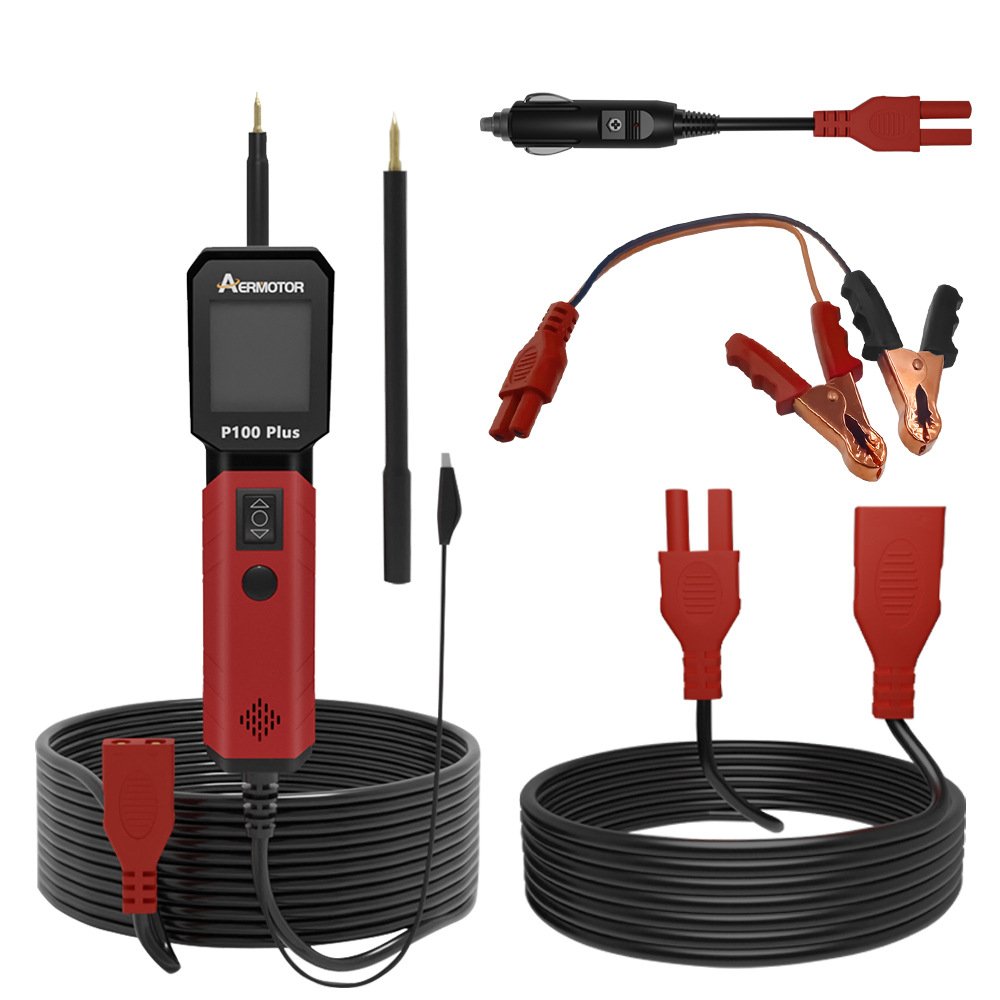
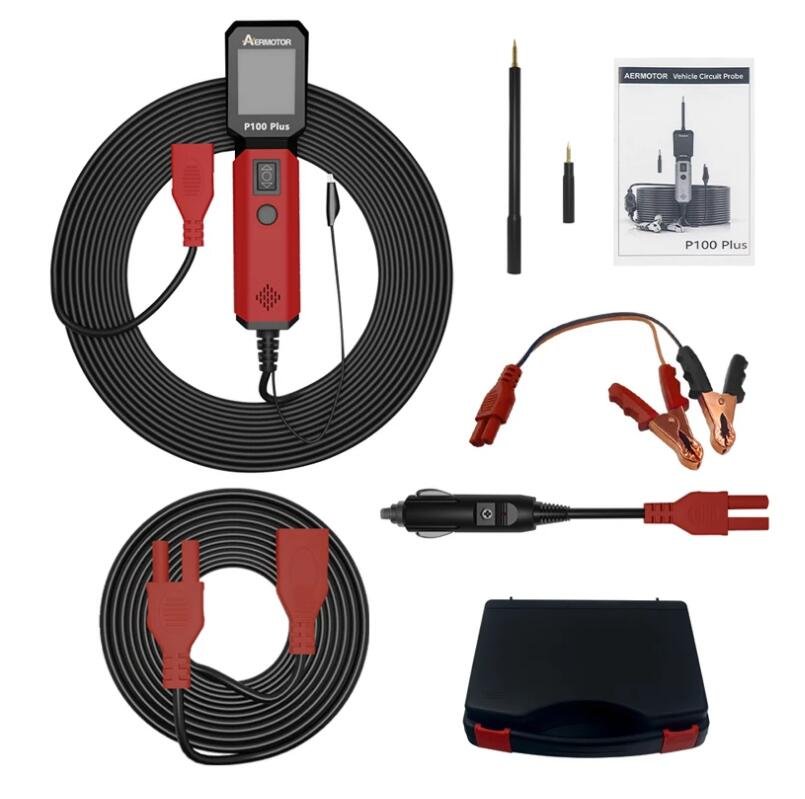
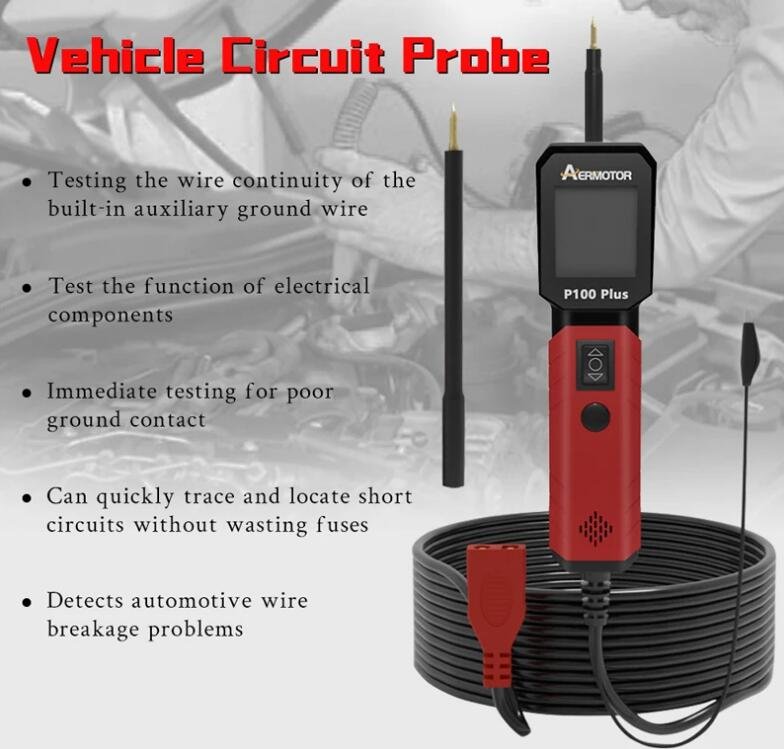
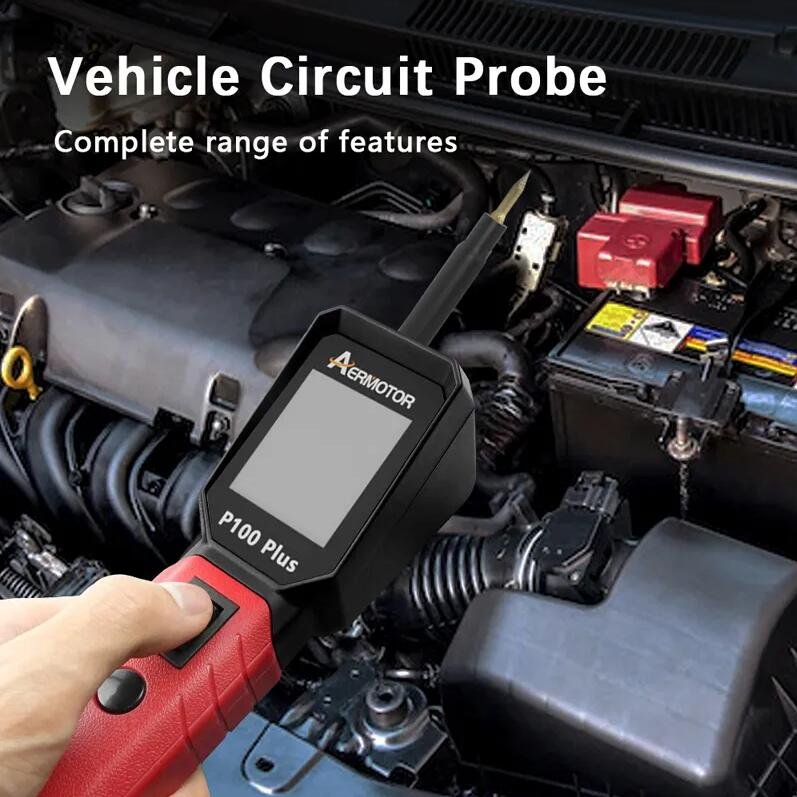
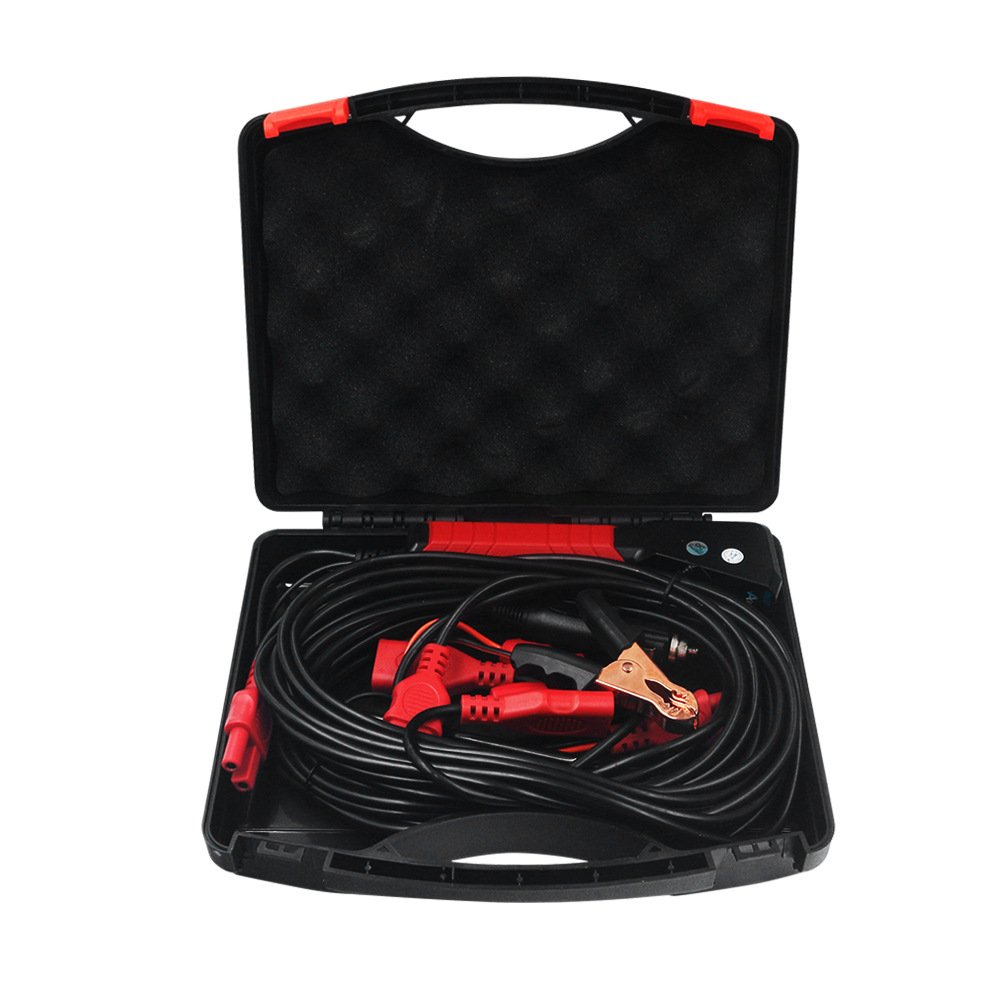
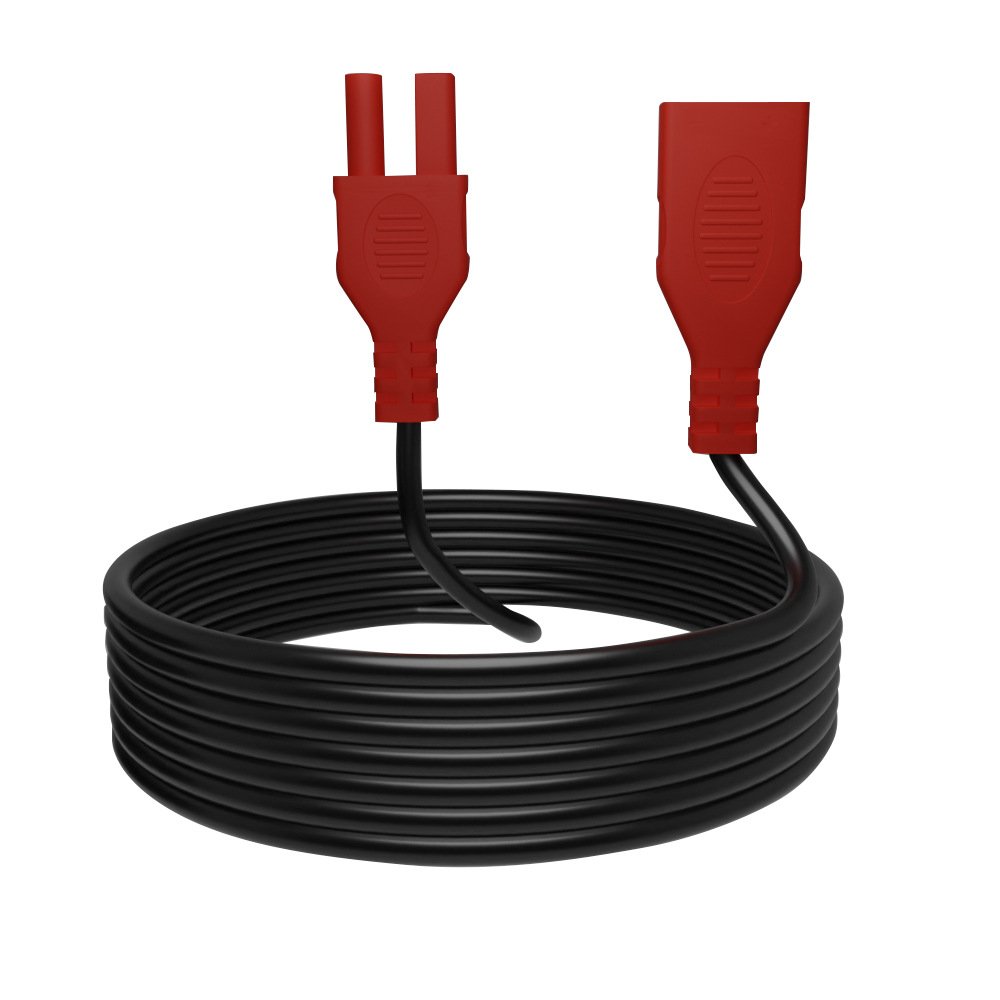
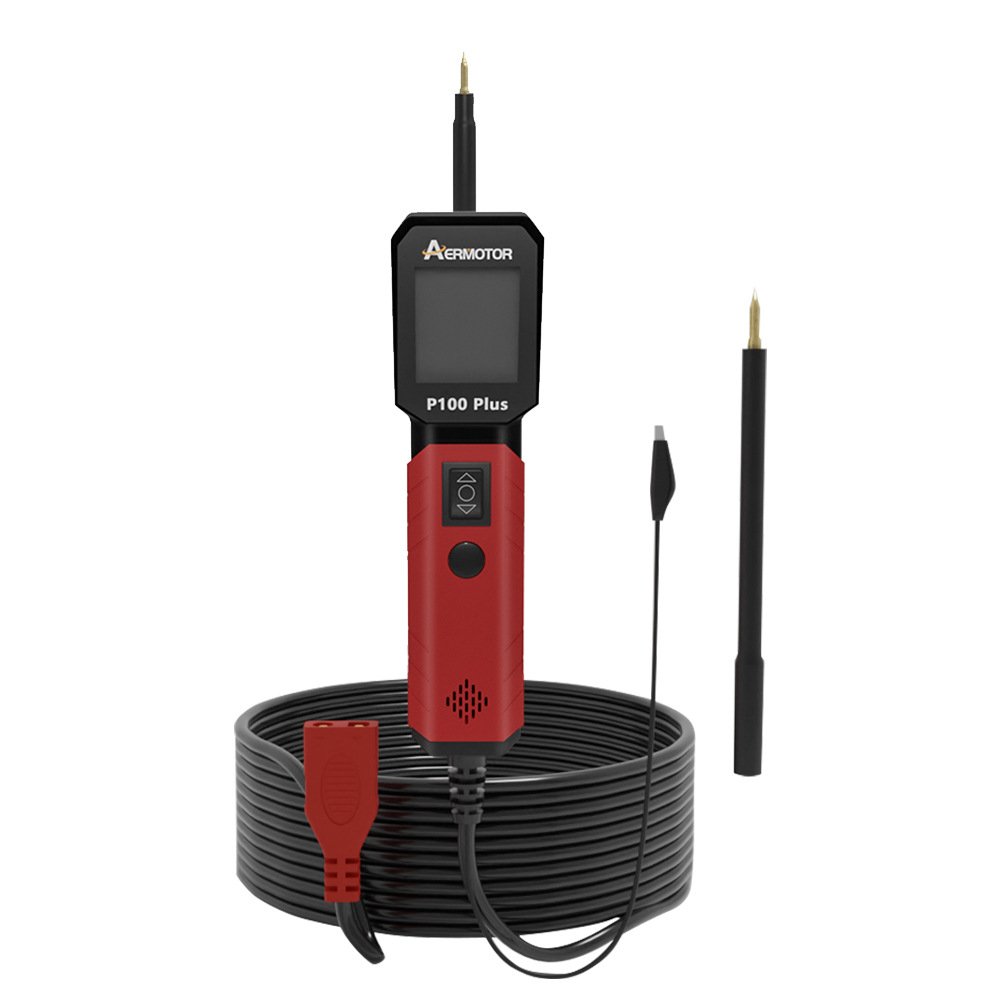
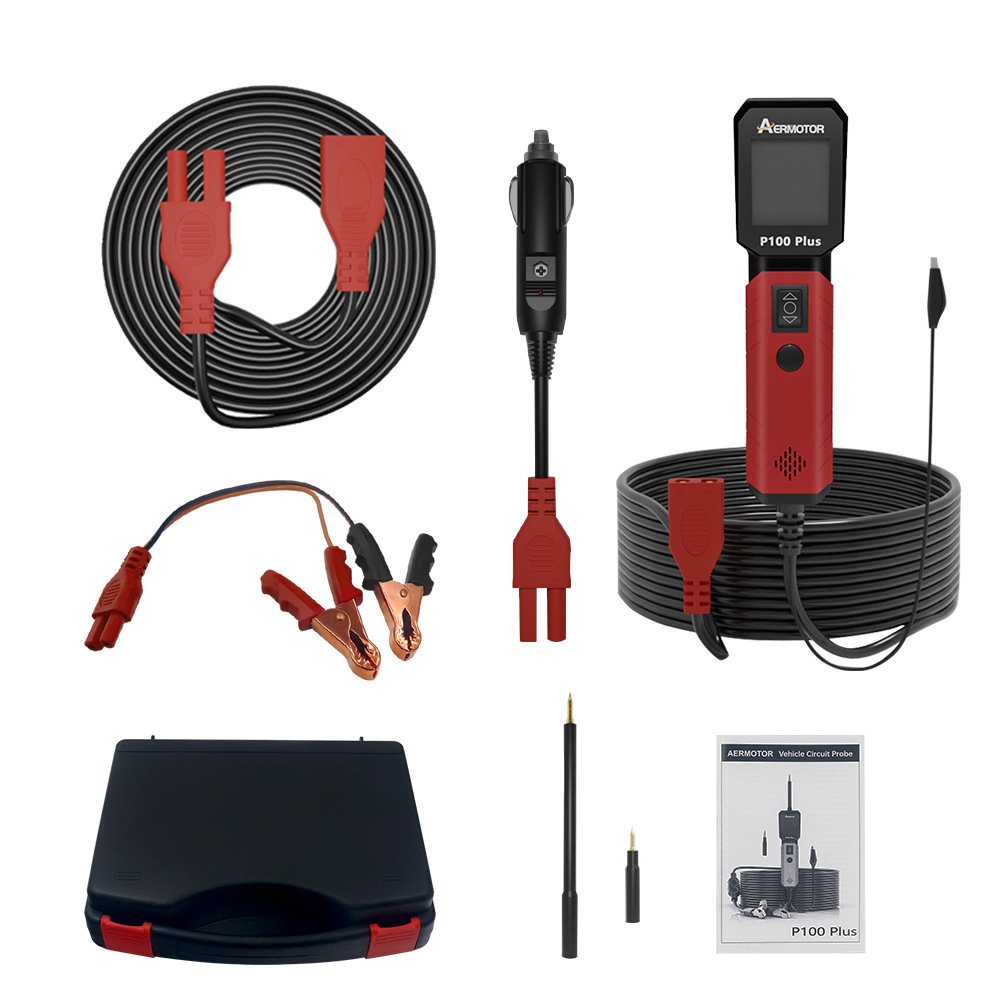
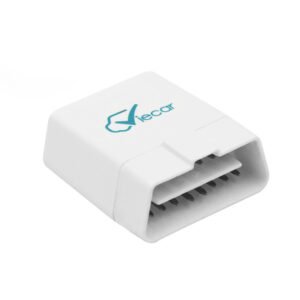
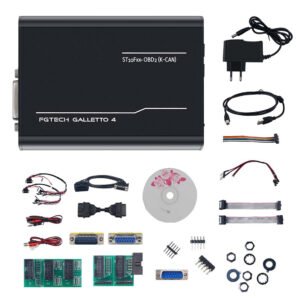
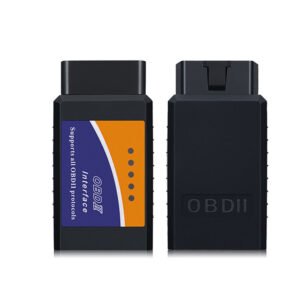
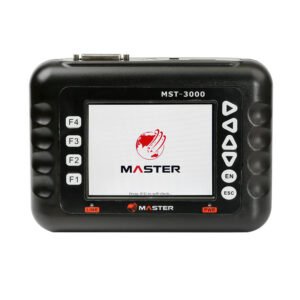
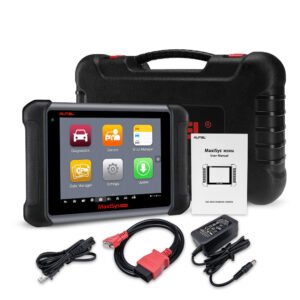
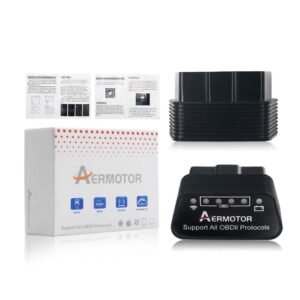
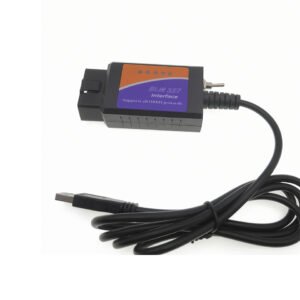
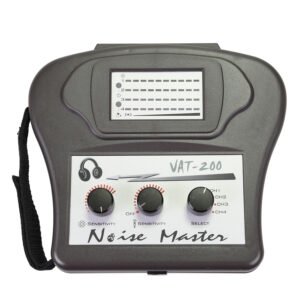
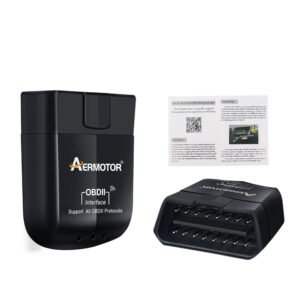
There are no reviews yet.